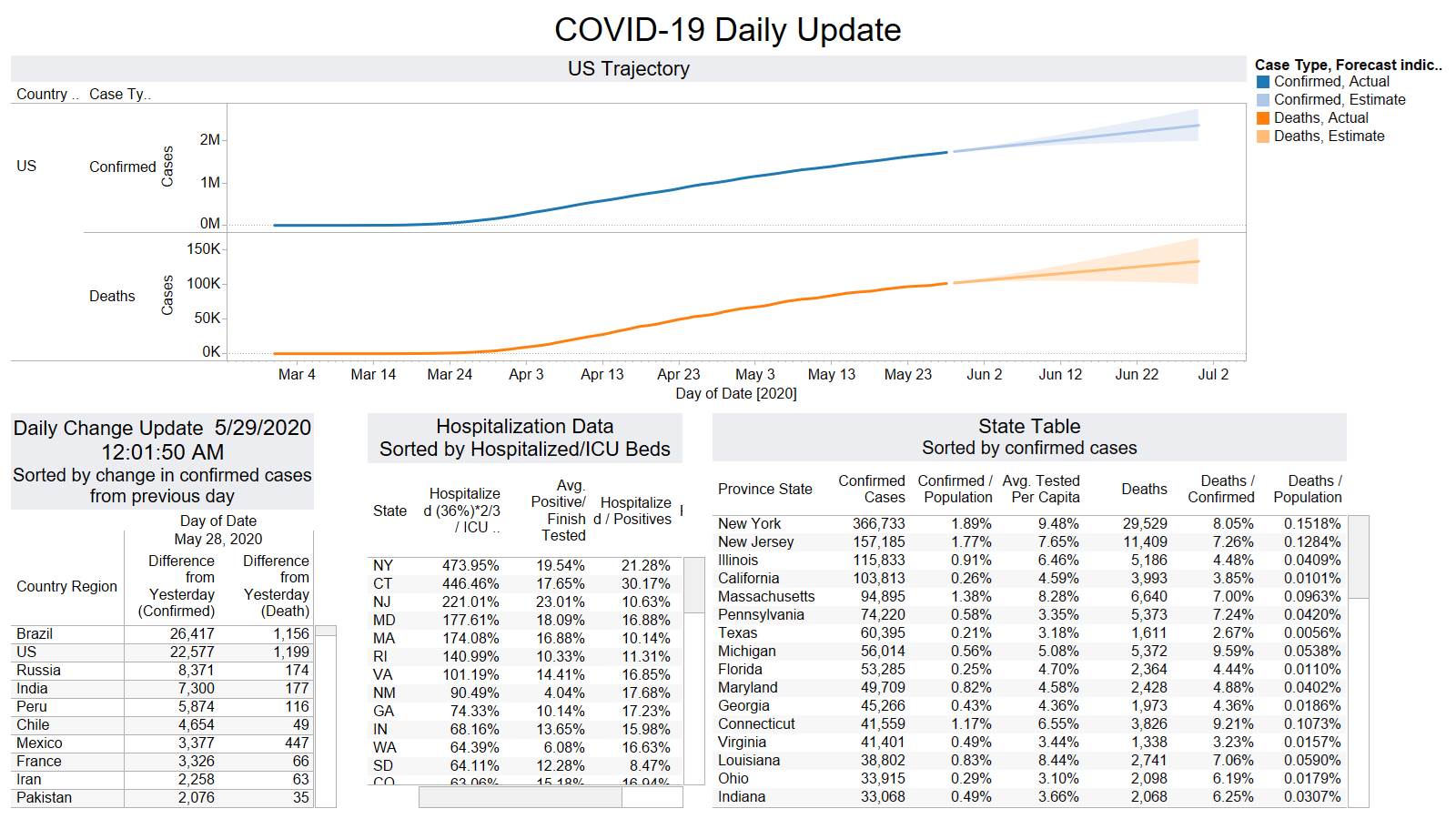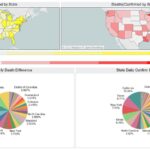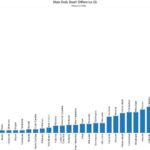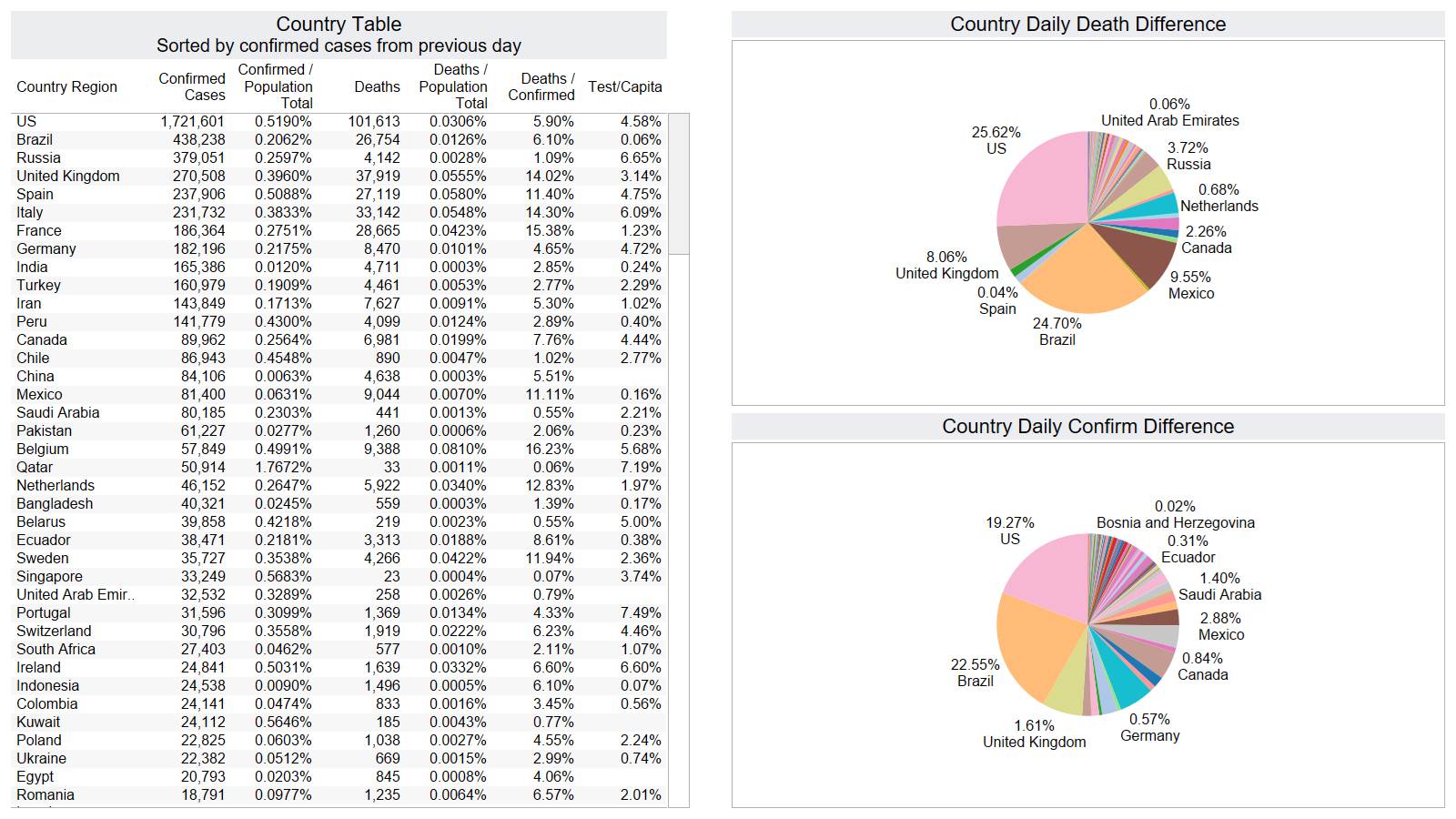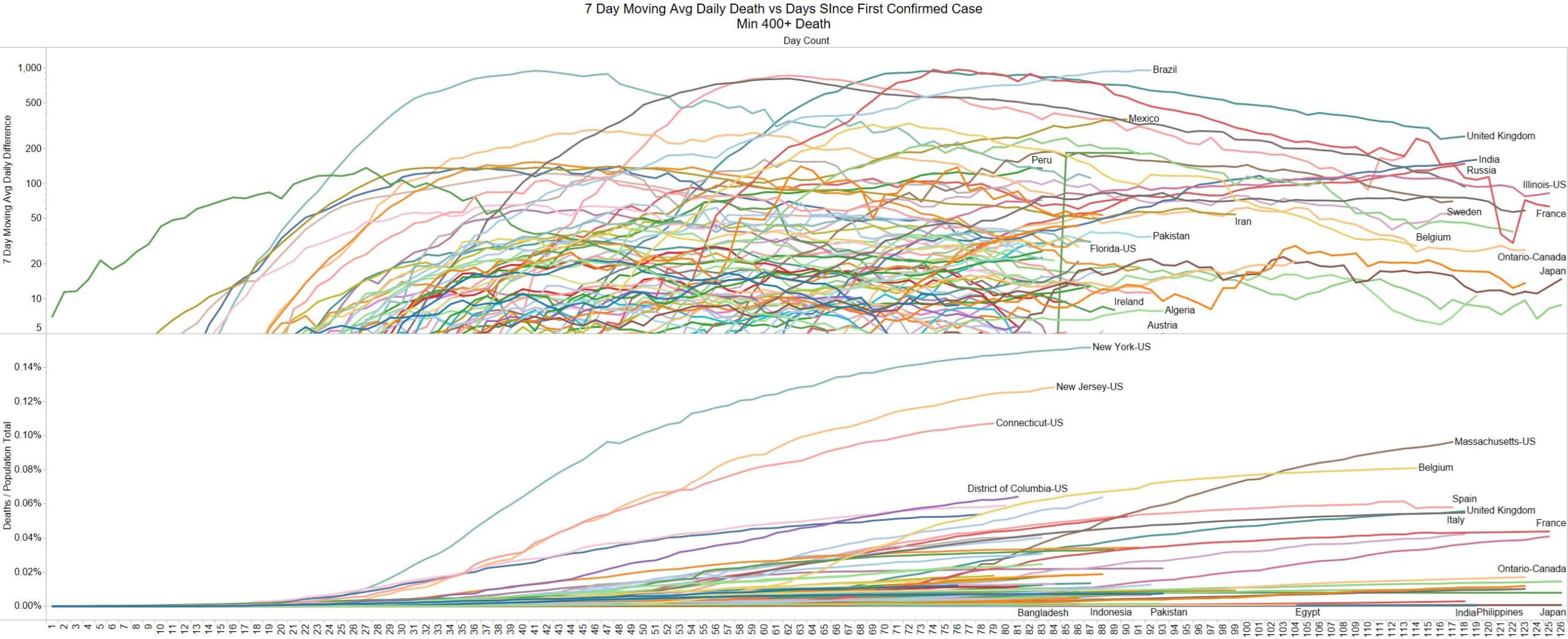Another focused study – this time a cruise ship departing from Argentina mid March 2020 – https://thorax.bmj.com/content/early/2020/05/27/thoraxjnl-2020-215091
“Of the 217 passengers and crew on board, 128 tested positive for COVID-19 on reverse transcription–PCR (59%). Of the COVID-19-positive patients, 19% (24) were symptomatic; 6.2% (8) required medical evacuation; 3.1% (4) were intubated and ventilated; and the mortality was 0.8% (1). The majority of COVID-19-positive patients were asymptomatic (81%, 104 patients).”
“The ship departed mid-March 2020, after the global COVID-19 pandemic was declared by the WHO, with all 128 passengers and 95 crew screened for COVID-19 symptoms, and body temperatures were taken before boarding. No passengers or crew that had transited through China, Macau, Hong Kong, Taiwan, Japan, South Korea or Iran in the previous 3 weeks were permitted to board, given that these countries were where COVID-19 infection was most prevalent at the time. Multiple hand hygiene stations were positioned throughout the ship and especially in the dining area.”
“The first recorded fever on board the ship was a febrile passenger on day 8. Isolation protocols were immediately commenced, with all passengers confined to cabins and surgical masks issued to all. Full personal protective equipment was used for any contact with any febrile patients, and N95 masks were worn for any contact with passengers in their cabins. The crew still performed duties, including meal services to the cabin doors three times a day, but rooms were not serviced. Expedition staff helped with crew duties at meal service.
Further fevers were detected in three crew on day 10, two passengers and one crew on day 11, and three passengers on day 12.”
“Rapid testing kits for COVID-19 (VivaDiag qSARS-CoV-2 IgM/IgG) were delivered on board and performed on six passengers and crew, who had initial fevers. All returned negative results on day 14. Permission to dock was refused by Uruguayan officials until formal nasal swab testing for COVID-19 real-time reverse transcription PCR (RT-PCR) testing was performed on all on board.
Three additional passengers and crew developed fever on day 14, but with mild cough and lethargy only. One of these passengers, a 68-year-old man who was a lifelong non-smoker with no comorbidities, deteriorated and required urgent medical evacuation to a hospital in Montevideo on day 17. He was intubated and ventilated and tested positive for COVID-19 (RT-PCR).
A total of eight passengers and crew were medically evacuated from the ship to hospitals in Montevideo, all for impending respiratory failure, including a 70-year-old woman with chronic obstructive pulmonary disease (evacuated day 20), a 65-year-old woman with no comorbidities (evacuated day 21), and two crew and one passenger evacuated on day 22. A seventh passenger, a 68-year-old man, developed fever on day 23 (15 days after cabin isolation) and was evacuated for hypoxaemia on day 24. One of the two ship physicians required medical evacuation on day 27 also for hypoxaemia. All evacuated patients subsequently tested positive on 2019-nCoV RT-PCR.
The Uruguayan Ministry of Health provided on board SARS-CoV-2 virus testing of all passengers and crew, which occurred on 3 April (day 20; Atgen-Diagnostica, Montevideo) with CDC 2019-nCoV Real-Time RT-PCR Diagnostic Panel.
Of the 217 passengers and crew on board, 128 tested positive for COVID-19 (59%). These included all passengers who tested negative on the VivaDiag qSARS-CoV-IgM/IgG Rapid Test. There were 10 instances where two passengers sharing a cabin recorded positive and negative results.”
“From the departure date in mid-March 2020 and for the next 28 days, the expedition cruise ship had no outside human contact and was thus a totally isolated environment in this sense.”
“We conclude from this observational study that
The prevalence of COVID-19 on affected cruise ships is likely to be significantly underestimated, and strategies are needed to assess and monitor all passengers to prevent community transmission after disembarkation.1
Rapid Ab COVID-19 testing of patients in the acute phase is unreliable.2
The majority of COVID-19-positive patients were asymptomatic (81%).
The presence of discordant COVID-19 results in numerous cabins suggests that there may be a significant false-negative rate with RT-PCR testing. Follow-up testing is being performed to determine this.
The timing of symptoms in some passengers (day 24) suggests that there may have been cross contamination after cabin isolation.”
Big takeaway not highlighted in the report is the mortality rates are very low even with elderly on board. I have emailed the author to discover the treatment approach used. It is very interesting how a 2K 20 floor building is not the same condition as a cruise ship. It would be interesting to understand the ventilation and being a noncruise person I suspect there are certain dining hours where most people gather? Perhaps with the asymptomatic people and before the initial discovery they were gathering and chatting and laughing in a dining hall for an hour or more – this is all that is needed to get most people infected as noted in the restaurant study. Compared to a building most people on the floors don’t comingle particularly a mixture of commercial and residential. I suspect with opening of restaurants and people gathering this needs to be highlighted. Keep the gathering outdoors on a breezy day – a solution to pollution is dilution…
Not the best news – but it looks like IF using similar coronavirus immunity is limited around 6-12 months – https://www.researchgate.net/publication/341467148_Human_coronavirus_reinfection_dynamics_lessons_for_SARS-CoV-2
“In conclusion, seasonal human coronaviruses have little in common, apart from causing common cold.Still,they all seem to induce a short‐lasting immunity with rapid loss of antibodies. This may well be a general denominator for human coronaviruses.”
If true it does hurt the herd immunity case but it would mean a vaccine would have to be taken every year. They did not highlight IF whether the reinfection was less severe than the first infection which would at least give some credence to herd immunity. However if true the second wave becomes inevitable.
HCQ – really shouldn’t be this controversial – https://amp.theguardian.com/science/2020/may/28/questions-raised-over-hydroxychloroquine-study-which-caused-who-to-halt-trials-for-covid-19?
“If they got this wrong, what else could be wrong?” Cheng said. It was also a “red flag” to him that the paper listed only four authors.
“Usually with studies that report on findings from thousands of patients, you would see a large list of authors on the paper,” he said. “Multiple sources are needed to collect and analyse the data for large studies and you usually see that acknowledged in the list of authors.”
He stressed that even if the paper proved to be problematic, it did not mean hydroxychloroquine was safe or effective in treating Covid-19. No strong studies to date have shown the drug is effective.”
“Cheng said it would be a mistake to stop strong, well-designed clinical trials examining the drug because of questionable data. The Lancet study findings have prompted the leaders of an Australian hydroxychloroquine trial, known as the Ascot trial, to review the future of their study.”
Still the percent impacted was quite small 3.7% in the Lancet study relatively speaking. AND if they use HCQ in early stages vs. late stages I suspect the percent will fall even lower.
S. Dakota will continue with HCQ – https://www.usnews.com/news/best-states/south-dakota/articles/2020-05-28/south-dakota-testing-hydroxychloroquine-to-prevent-covid-19?
“South Dakota is going forward with plans to test using a controversial anti-malaria drug in small doses to prevent COVID-19, Gov. Kristi Noem announced Thursday.”
“Sanford is no longer recommending people with serious cases of COVID-19 take the drug.”
Similar to what Saudi Arabia is doing as noted on previous day blog.
Let me end with a positive boost – I always suspected 10 min (1.2 mile run, 2.5 mile bike ride) was decent enough to get good benefit – even on days I was running late or just not myself I always force myself to do 10 min of something – You do have time for 10/(60×24)x100=0.7% of the entire day…. https://newatlas.com/health-wellbeing/short-bike-rides-death-marker-protein-muscles/
“Through this, the team found that a single, tough session on an exercise bike for around 10 minutes can drive a significant increase in ubiquitin activity, which in turn intensified the removal of worn-out and damaged proteins.”
Brazil leading the way in confirmation and 2nd in deaths 1156. US 1199
Big change with NY deaths dropping to 8th place. PA leading with 108 deaths
County view really is the best way to view this disease. The red spot in Washington in the middle is Yakima county. A search on this lead to noting Yakima has the highest on West Coast https://www.seattletimes.com/seattle-news/yakima-county-has-top-rate-of-coronavirus-cases-on-west-coast/
“Health experts point to a large number of essential workers, a large number of cases in long-term care facilities and a large agricultural workforce living and working in close quarters as the causes. The county has about 250,000 residents.”
Brazil and Mexico representing over 1/3 of global deaths. Brazil is not reporting the amount of testing. Last data feed April 20th.
Brazil has surpassed NY peak on 7 day moving average (958). Mexico now above Belgium peak. India and Russia continue to rise.
